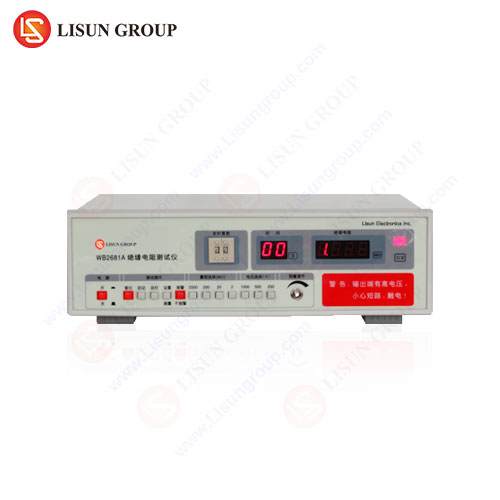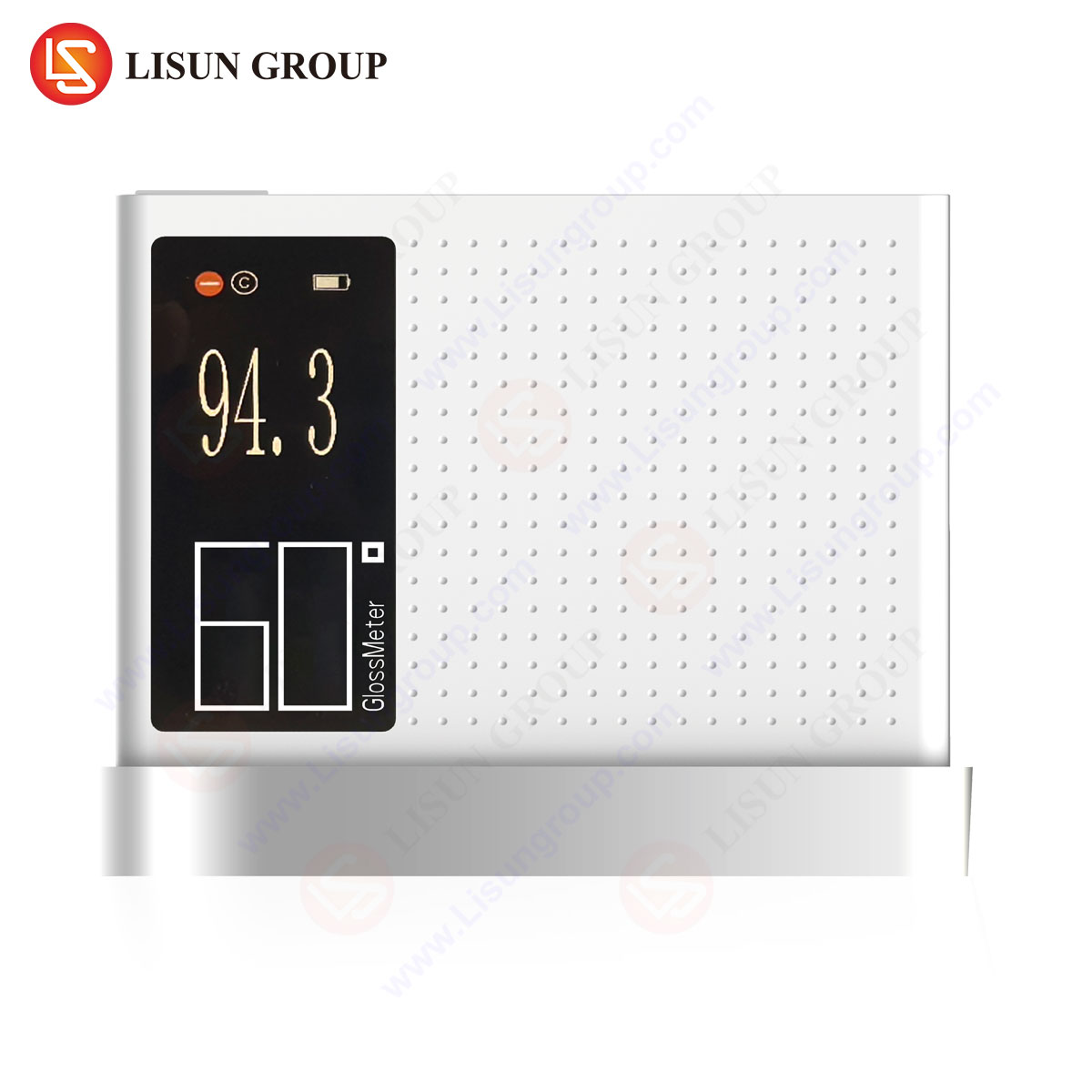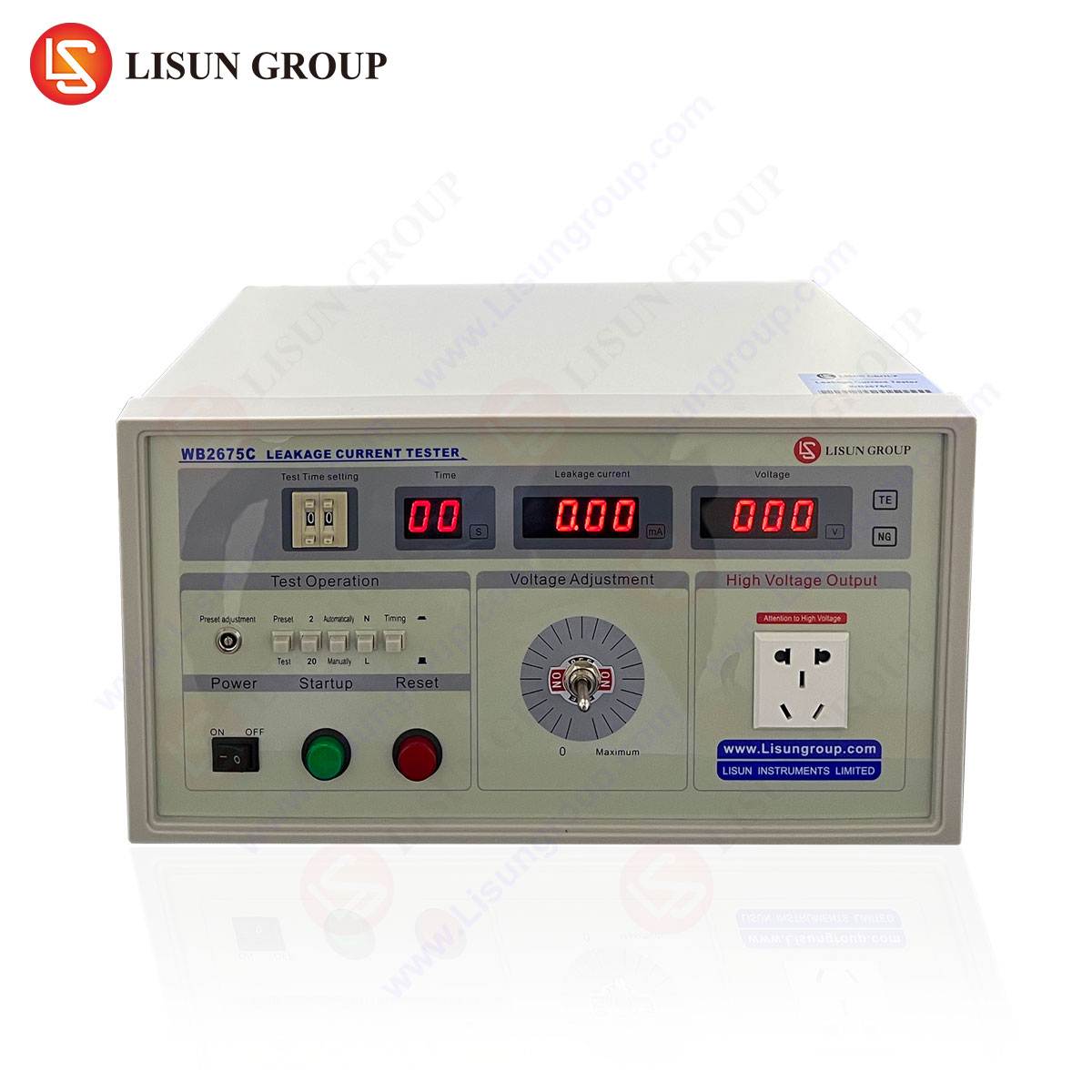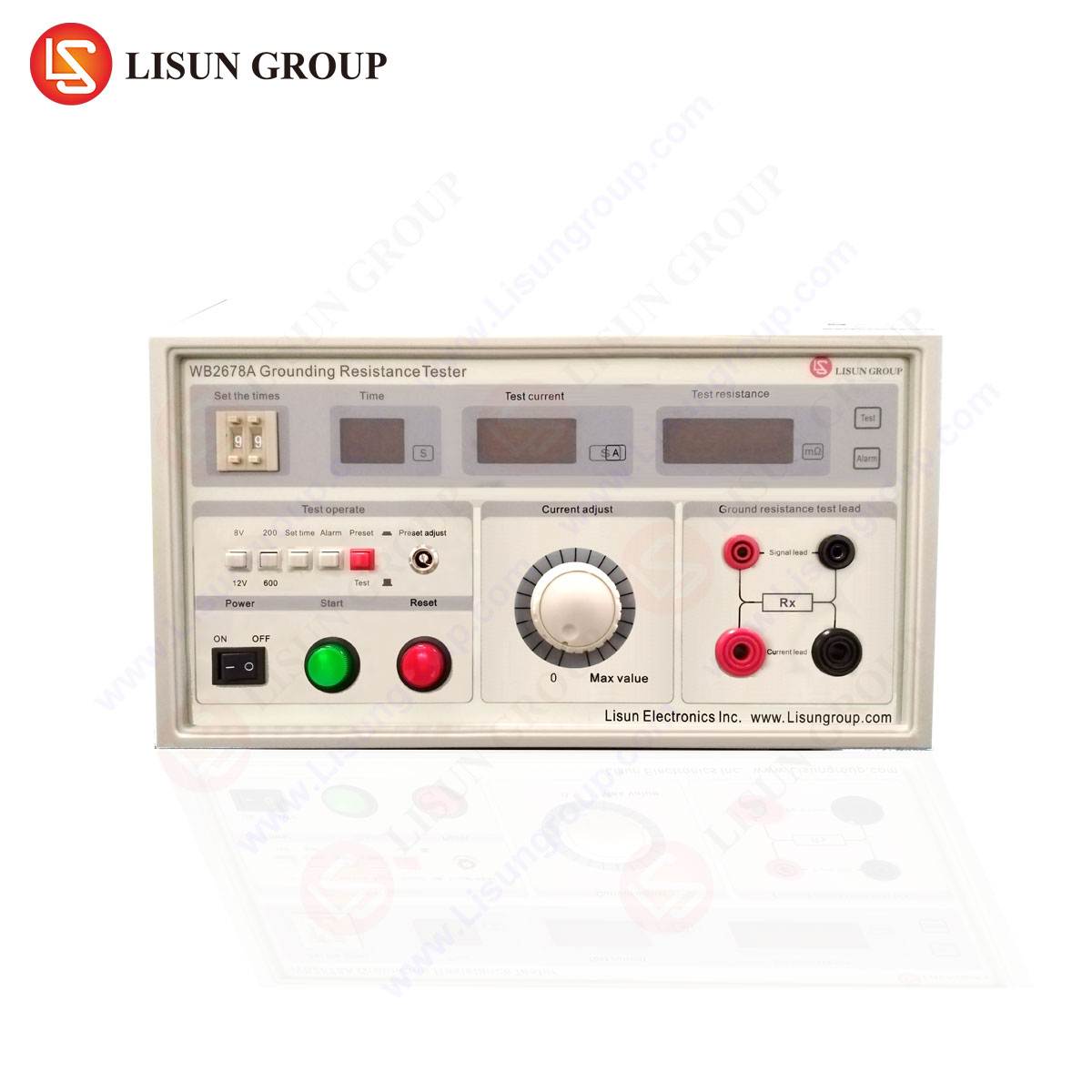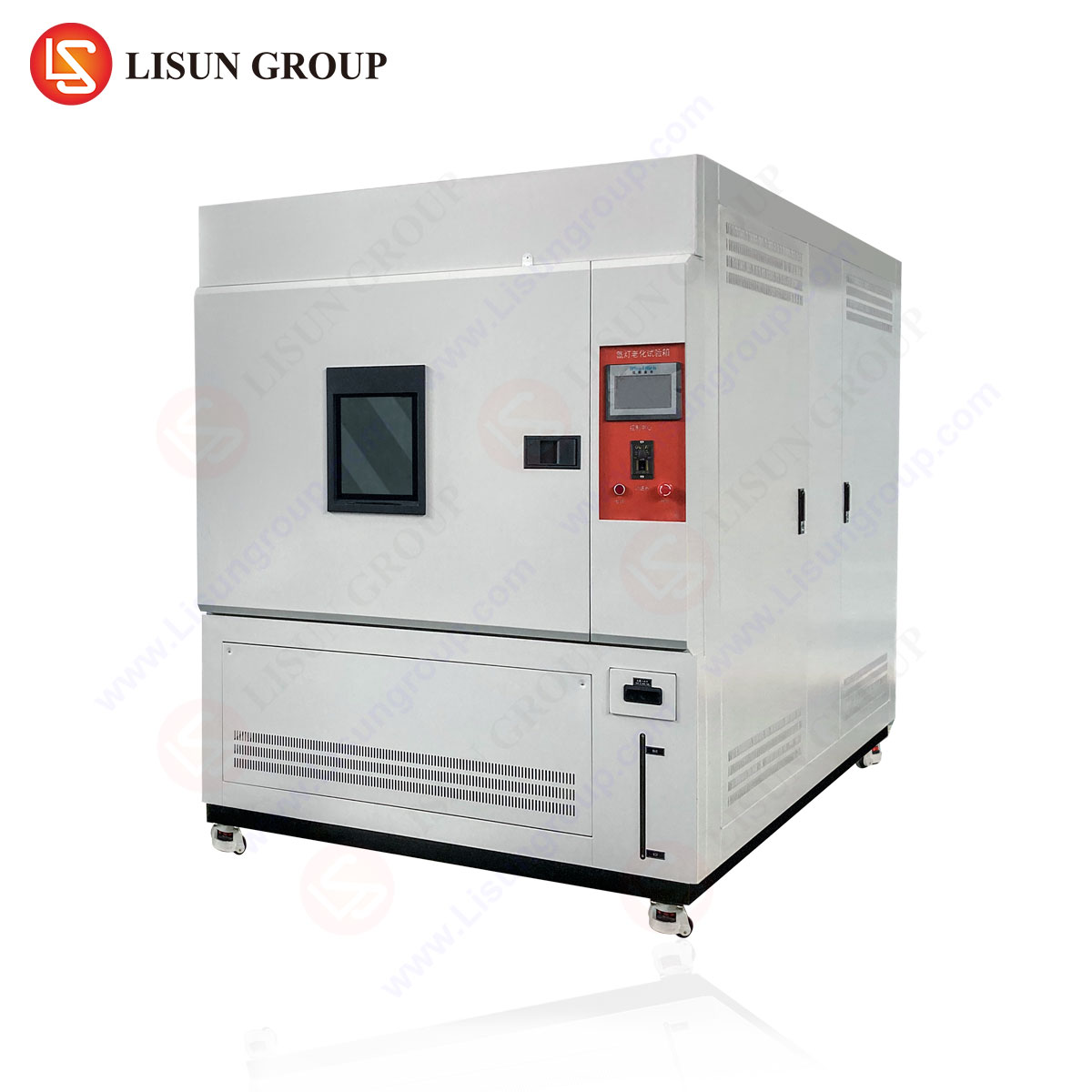Introduction to Dielectric Strength Testing
Dielectric strength testing, commonly referred to as the withstand voltage test, is a critical evaluation method for assessing the insulation integrity of electrical and electronic components. This test applies either an alternating current (AC) or direct current (DC) high voltage between conductive parts and insulating materials to verify their ability to endure electrical stress without breakdown. Industries such as automotive electronics, medical devices, and telecommunications rely on this test to ensure compliance with international safety standards, including IEC 61010, IEC 60601, and UL 60950.
Fundamental Principles of AC/DC Withstand Voltage Testing
The withstand voltage test evaluates insulation performance by subjecting the device under test (DUT) to a specified voltage for a predetermined duration. The primary objective is to detect insulation weaknesses, such as insufficient creepage distances, air gaps, or material defects.
AC Withstand Voltage Testing:
- Utilizes high-voltage alternating current, typically at power frequencies (50/60 Hz).
- Simulates real-world operational stresses, making it suitable for household appliances and industrial control systems.
- Detects partial discharges and insulation degradation under cyclic stress.
DC Withstand Voltage Testing:
- Applies a unidirectional high voltage, often used for capacitive loads like cables and semiconductor devices.
- Minimizes leakage current effects, advantageous for testing high-impedance components in aerospace and medical equipment.
- Reduces dielectric heating, preventing thermal damage during prolonged tests.
Key Parameters and Test Standards
The test voltage magnitude, duration, and ramp rate are governed by industry-specific standards:
| Standard | Application | Plage de tension d'essai |
|---|---|---|
| IEC 61010-1 | Laboratory and measurement equipment | 1–5 kV AC/DC |
| IEC 60601-1 | Medical electrical equipment | 1.5–4 kV AC |
| UL 1598 | Lighting fixtures | 1–4 kV AC |
| ISO 6469-3 | Automotive high-voltage components | Up to 10 kV DC |
Le WB2671A Withstand Voltage Tester from LISUN adheres to these standards, offering programmable voltage outputs (0–5 kV AC/DC), adjustable ramp rates, and precision leakage current measurement (±1% accuracy).
Operational Methodology of the WB2671A Withstand Voltage Tester
The WB2671A integrates advanced safety and measurement features, making it suitable for high-volume production testing.
Test Procedure:
-
Setup Configuration:
- Connect the DUT to the high-voltage output and ground terminals.
- Input test parameters (voltage, duration, leakage current threshold) via the digital interface.
-
Voltage Application:
- The tester ramps up voltage at a user-defined rate (e.g., 500 V/s) to the target level.
- Maintains the voltage for the specified dwell time (typically 1–60 seconds).
-
Leakage Current Monitoring:
- Measures current flow through insulation, with fails triggered if thresholds (e.g., 5 mA) are exceeded.
-
Result Interpretation:
- Pass/fail determination based on predefined criteria, with data logging for compliance documentation.
Applications spécifiques à l'industrie
Équipements électriques et électroniques
- Circuit Breakers and Relays: Verifies insulation between contacts and housing.
- Power Supplies: Ensures isolation between primary and secondary circuits.
Électronique automobile
- EV Battery Packs: Tests dielectric strength of high-voltage busbars (up to 10 kV DC).
- Charging Connectors: Validates insulation resistance under humid conditions.
Dispositifs médicaux
- Patient Monitoring Systems: Confirms compliance with IEC 60601-1 for operator safety.
Équipements de télécommunications
- Fiber Optic Transceivers: Checks isolation between signal and power lines.
Competitive Advantages of the WB2671A
- Conformité à plusieurs normes : Supports IEC, UL, and ISO requirements without external hardware modifications.
- Haute précision : ±1% voltage regulation and ±(2% + 5 digits) leakage current measurement.
- User Safety: Built-in arc detection and emergency cutoff to protect operators.
- Automation Compatibility: RS232/USB interfaces enable integration with production-line PLCs.
Common Failure Modes and Diagnostic Insights
- Partial Discharge: Indicated by erratic leakage current fluctuations, often due to air voids in insulation.
- Dielectric Breakdown: Sudden current surge, signaling material failure.
- Surface Tracking: Gradual current rise caused by contamination-induced conductivity.
Section FAQ
Q1: What is the maximum test voltage of the WB2671A?
The WB2671A supports 0–5 kV AC/DC, suitable for most low- and medium-voltage applications.
Q2: How does the tester differentiate between insulation breakdown and transient leakage?
Advanced algorithms filter transient spikes, with fails only registered if current exceeds the threshold for >10 ms.
Q3: Can the WB2671A test capacitive loads like cables?
Yes, its DC mode minimizes charging current effects, ideal for capacitive DUTs.
Q4: What safety features prevent operator exposure to high voltage?
Interlocked test chambers, automatic discharge circuits, and ground-fault monitoring ensure operator protection.
Q5: Is the WB2671A suitable for automated production lines?
Yes, it supports remote control via SCPI commands and outputs pass/fail signals for conveyor synchronization.


